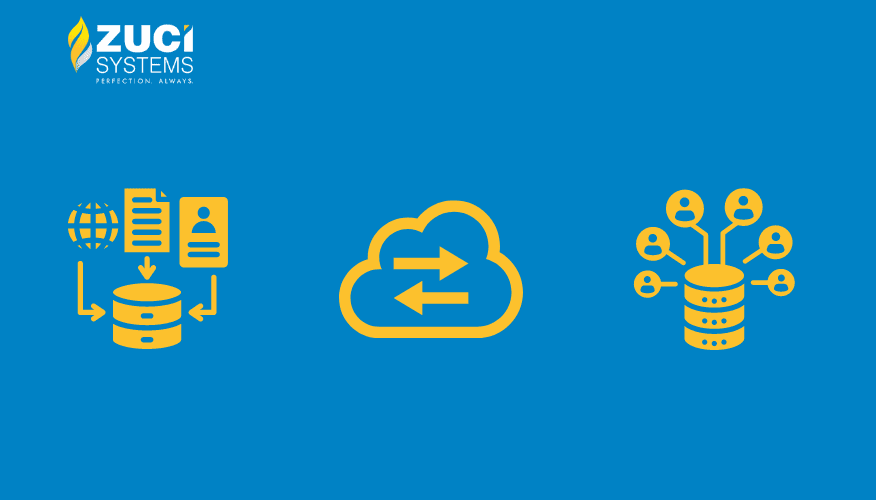Reading Time : 1 Mins
Data Bank – The Digital Footprint
In today’s financial market, it’s not enough to maintain the status quo. Financial Institutions must understand their book of business and how to position themselves against peers. Financial Institutions have reached the mature spot and are struggling to inch themselves further with the same method old practices. Expanding further geography or joint venturing to attract new customers has done its rounds and will further won’t. And majority envision, overall losses within an acceptable range but want to price the risk at the top of the funnel to grow the market. Adding, the financial industry enters a late phase of the economic cycle and its high time for bold late-cycle moves. But, how do you plan to do that?
Thus said, DATA IS THE ANSWER. “Data is the new currency.” this quote is applicable for every organization no matter which industry they are into. The five most valuable companies in the world today – Apple, Amazon, Facebook, Microsoft and Google’s parent company Alphabet – have commoditized data and taken over their respective sectors, by basically selling — access. Amazon’s recommendation engine (Next best product analysis) is responsible for 35% of its revenue. The huge amount of data controlled by these mega-companies are bigger than most companies. So, can we go buy their data? Not really.

The power of data in solving the everyday problem is hinged on the predictability of the data itself. In an age with abundant personal data, smart algorithms enable precise predictive models to predict willingness and capacity to repay, cross-sell/ upsell the next best product with an Omni-channel approach.
Every company has abundant data sitting somewhere which is not given the attention it should get. Data on your organizational functions will give you the actual picture of where you stand and how you could progress ahead. Data analysis is important in business to understand the problems faced by an organization, and to explore data in meaningful ways. Data in itself is merely facts and figures. Data analysis organizes, interprets, structures and presents the data into useful information that provides context for the data. Building a Data Bank should be the ideal step to run any further machine learning and AI-based technologies to your front, middle and back-office. So, where should one start from to build a Data Bank?
Regardless of the specific approach, you take to building a data bank, three components should make up your basic structure: A storage mechanism, operational software, and human resources.

- Storage – This part of the structure is the main foundation — it’s where your data will live. There are two main options when it comes to storage, an in-house server (Oracle, Microsoft SQL Server) or on the cloud (Amazon S3, Microsoft Azure). An in-house server is an internal hardware that’s set up within your office, and the cloud is a digital storage solution based on external servers. Either is a feasible option when it comes to storage and it all depends on your needs.
- Software – This is the operational part of the data bank structure. It’s often broken down into two categories — centralization software and visualization software. Centralization software is needed to collect and maintain the data that comes from all of your separate databases. Visualization software is needed to take the data and present it in a visual form to aid in analyzation. Some centralization software includes visualization software as part of its package, but it is highly recommended that you have both types of software regardless.
- Labor – This is the management aspect of the data bank, something that’s essential in having a working solution. To keep your data bank functional, it might be necessary to hire new positions within your business. Hiring well-skilled professionals are crucial, as running a data bank requires a lot of knowledge. However, if you choose to have a cloud-based data bank, it might not be necessary to have as many human resources. The cloud is managed by third-party vendors, so it’s their responsibility to do routine maintenance on hardware and servers.
Building the data bank is a great start to centralizing and easily analyzing your business’s data. It increases data availability, boosts efficiency in analytical activity using machine learning and AI, improves the quality of information needed for reporting, and makes working with data more secure.
If you still have a concern with not having adequate data, stay tuned for our upcoming blog which explains the roadmap to find the data sources which will lead to the data bank and ultimately drive your top line.
So, whether you are an SME or enterprise company, data tracking is the key to the success of your business. Schedule a 30-minute call and learn about Zuci’s Data Engineering Services to craft a single source of truth system for real-time data analytics, business reporting, optimization, and analysis.

I write about fintech, data, and everything around it | Assistant Marketing Manager @ Zuci Systems.
Share This Blog, Choose Your Platform!
Related Posts
Related Posts








































